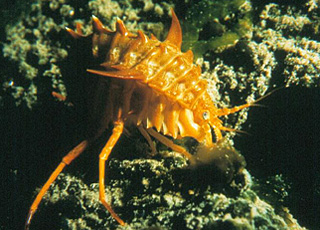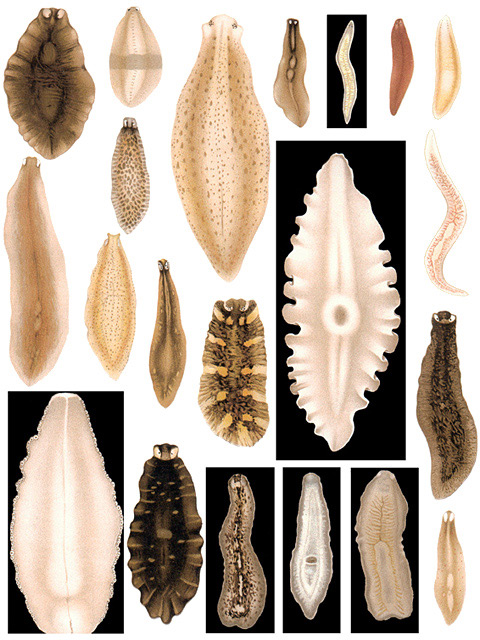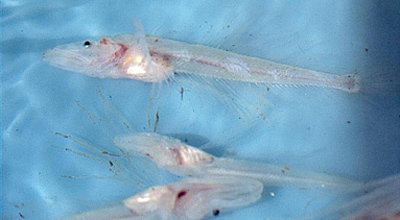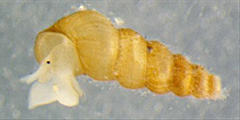Characteristics of Lake Baikal:
5. Biodiversity and Endemism
Recently the number of “species and subspecies” of the Baikalian fauna was estimated to be about 2500 (Timoshkin, 1995), of which 66% are endemic to Lake Baikal. Not without reason this given number includes subspecies, because many morphs described as species are under doubt, whether they represent real biospecies or only subspecies. Several groups of organisms are extraordinary diverse in Lake Baikal as the freshwater sponges, the psammophile protists…

Acanthogammarus (Photo by B. Papenfuss)
The gammarids with far more than 200 species are the most diverse taxon. Gammarids are amphipod crustaceans, which live mainly on the ground. Some are known to migrate into different bathymetric zones. Probably they are following the food resource – primary producers as diatoms and detritus.
Die Evolution hat am Baikal-See einen großen Artenreichtum von tricladiden Turbellaria "Planarien" hervorgebracht. Diese Organismen wurden 1904 von der Korotnev-Expedition gesammelt und trefflich abgebildet (siehe unten). Heute werden sie von der Arbeitsgruppe um Dr. Timoshkin (LIN) untersucht.

Planaria from: Scientific results of the Korotnev expeditions
52 species of fish are found in Lake Baikal and in adjacent bays. Endemic species are only known from the Cottoidea (sculpins).
The sculpins have evolved even two pelagic deepwater species of
Golomyanka, which is viviparous and consists to 40% of fat. At night this
fish migrates to the uppermost water layers feeding on crustaceans.
The entire “abyssal” fauna of Lake Baikal is endemic.

Small Golomyanka (Comephorus dybowskii)

Baicalia (Godlewskia) columella hides under stones
The gastropods, together with ostracods and diatoms, are a faunal
group not only interesting by a very high diversity but also by a high relevance
for paleontology because of their shells.
Unfortunately in the sediment of Lake Baikal calcareous shells are not preserved because of the low content of ions in the water. The gastropods were our object of investigation and are presented more detailed.
© Röpstorf (Institute of Geological Sciences - Paleontology, Limnological Institute SB RAS, Irkutsk), DFG; Layout: lindesign